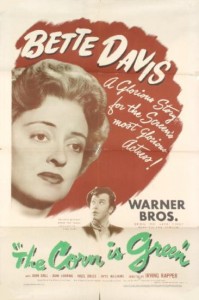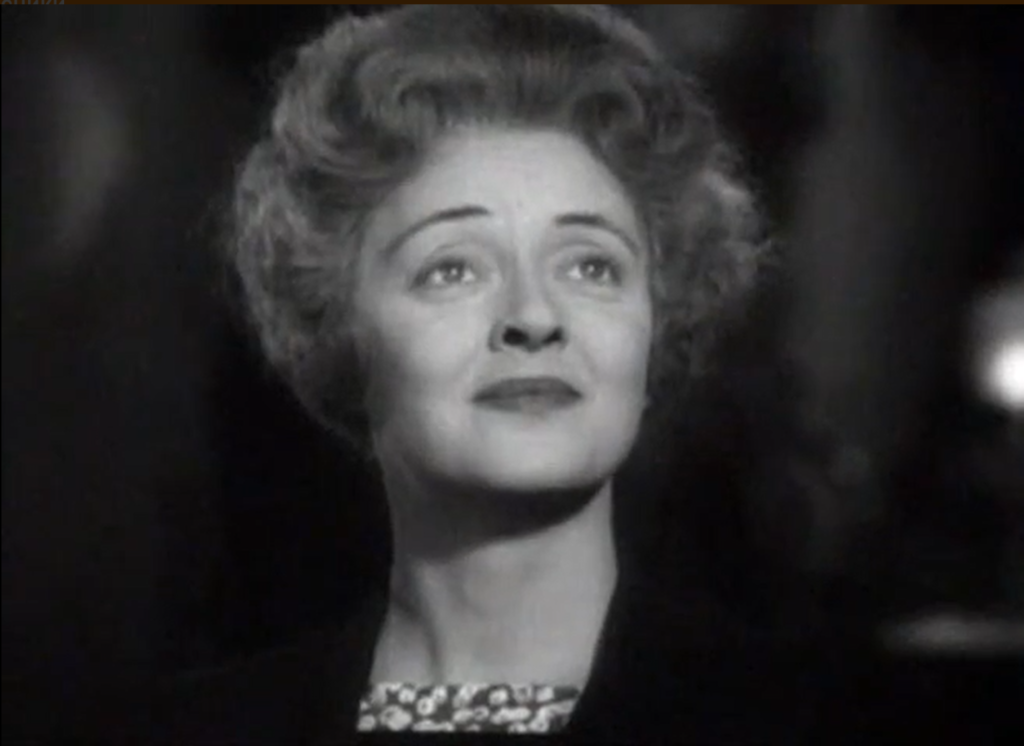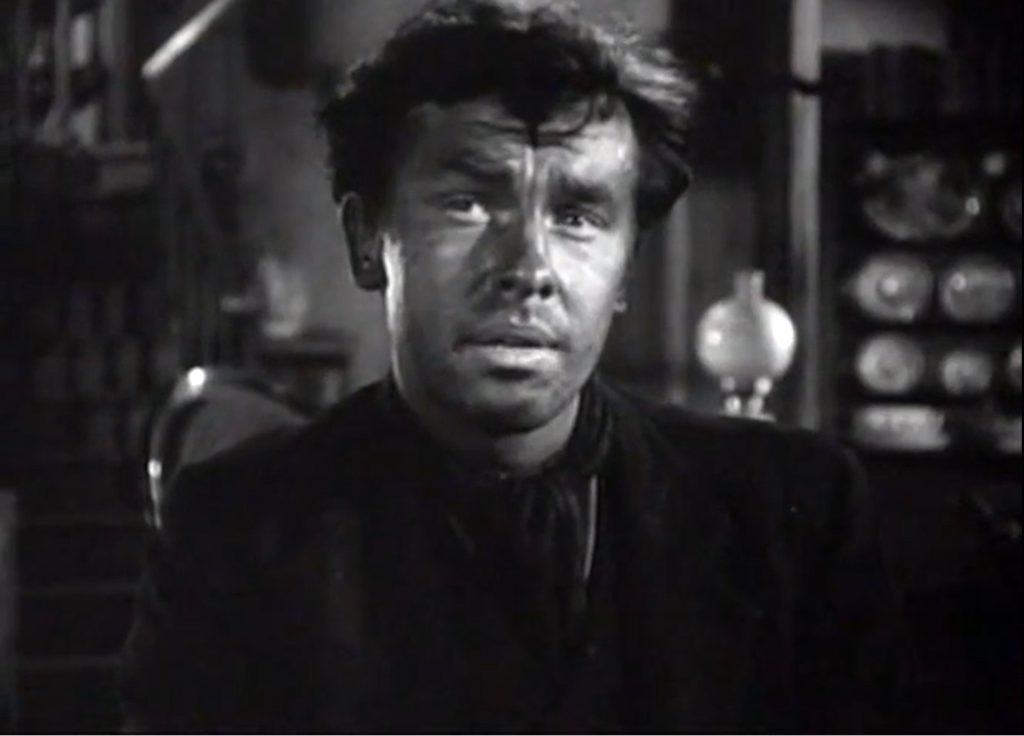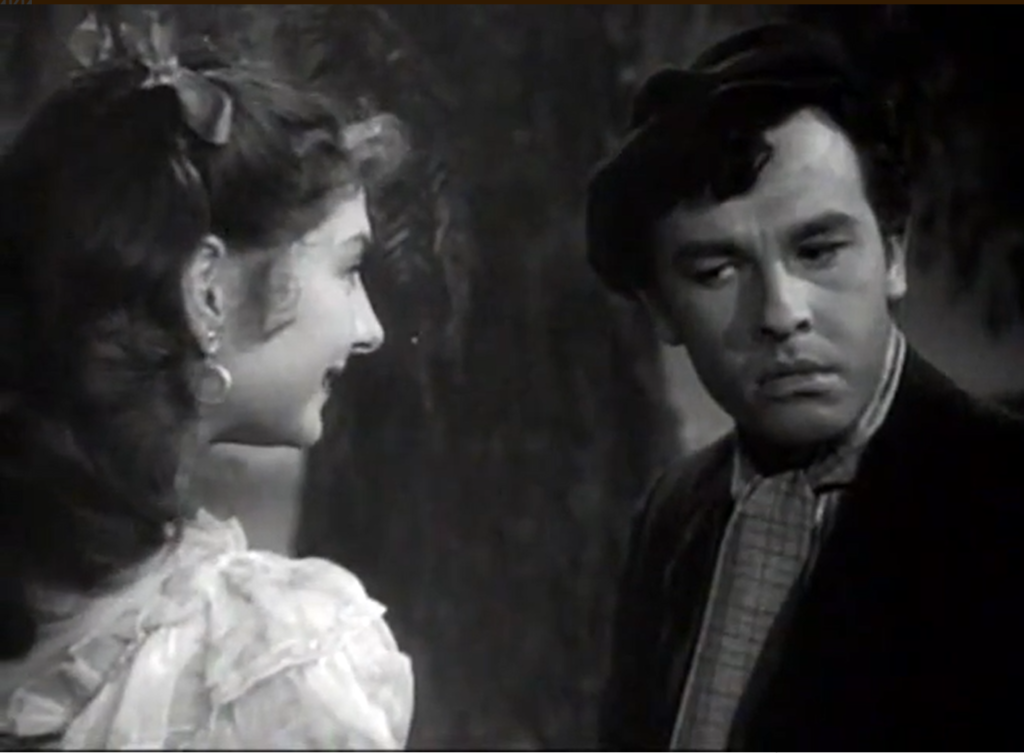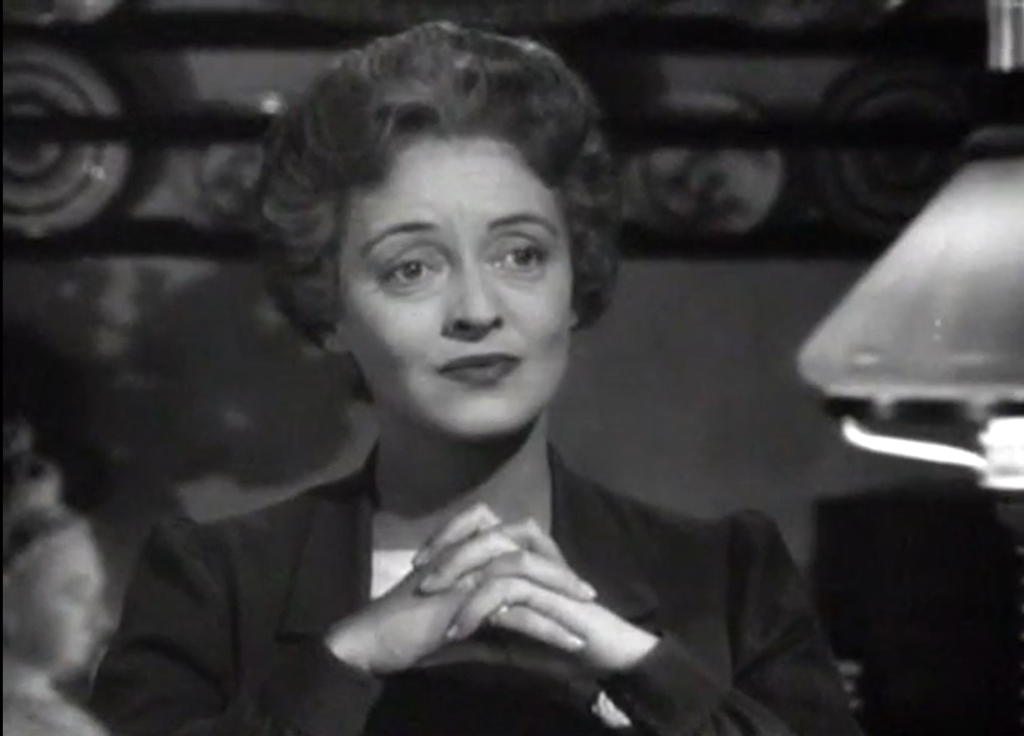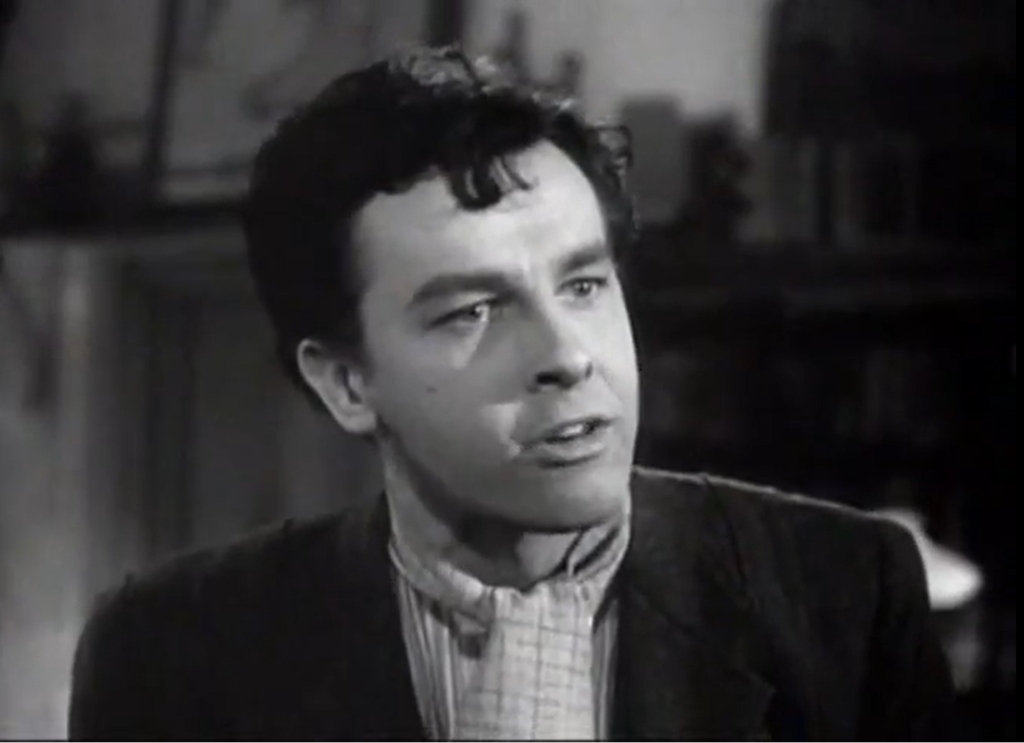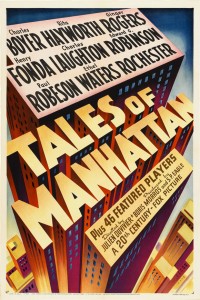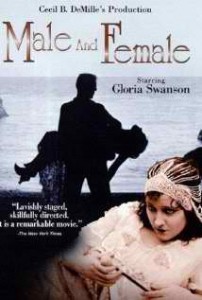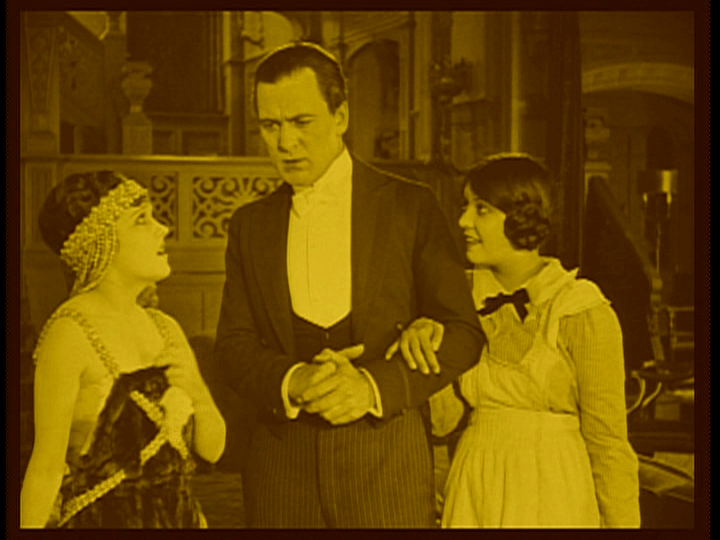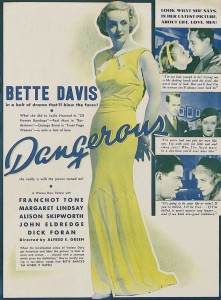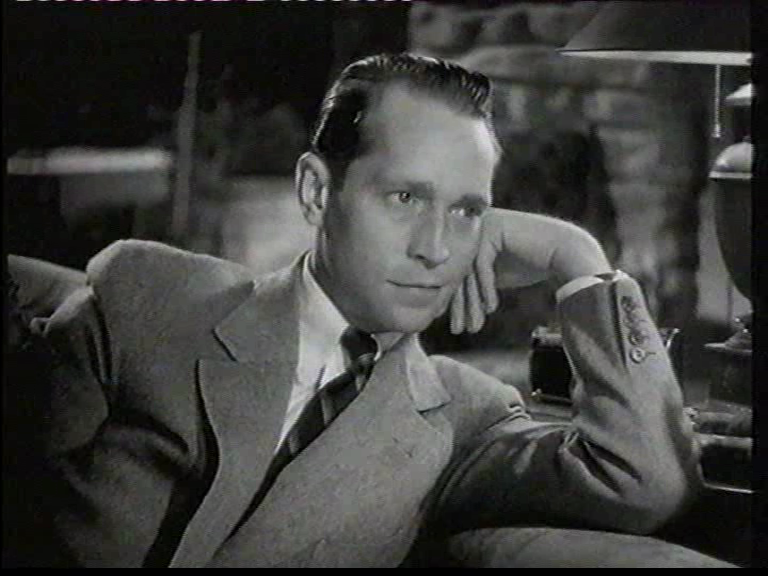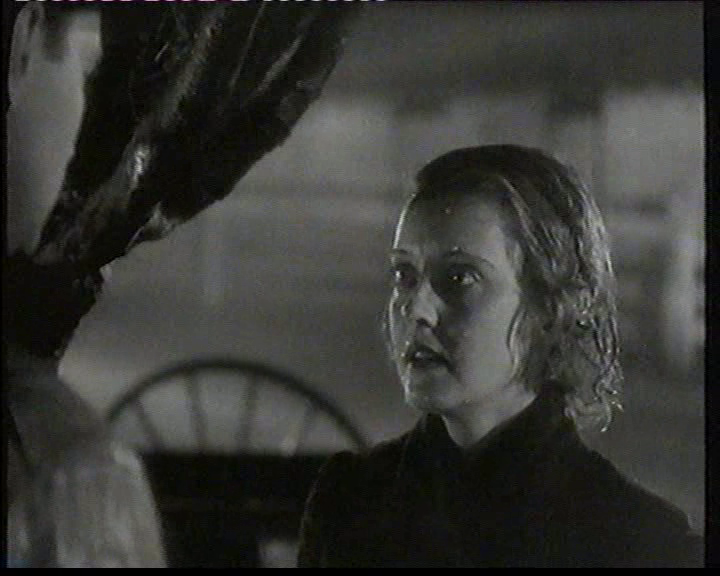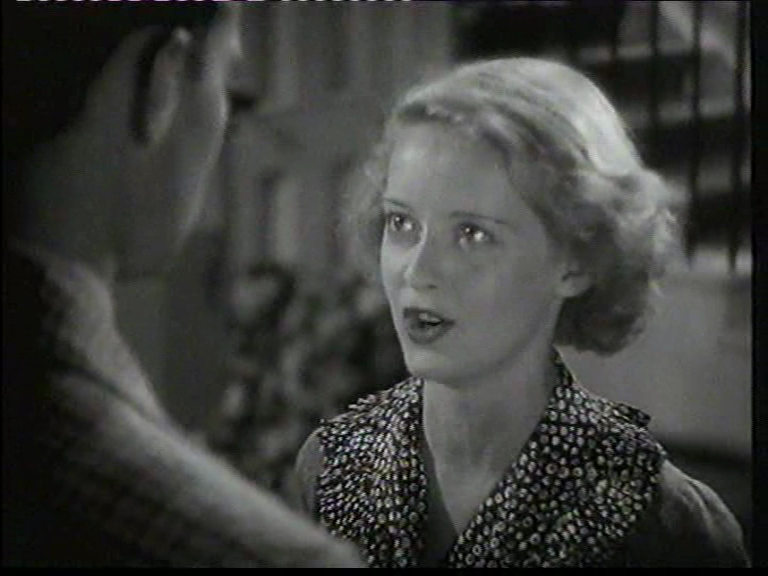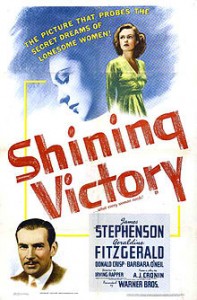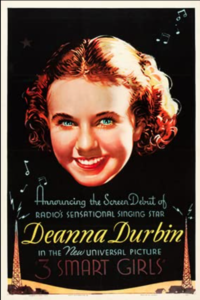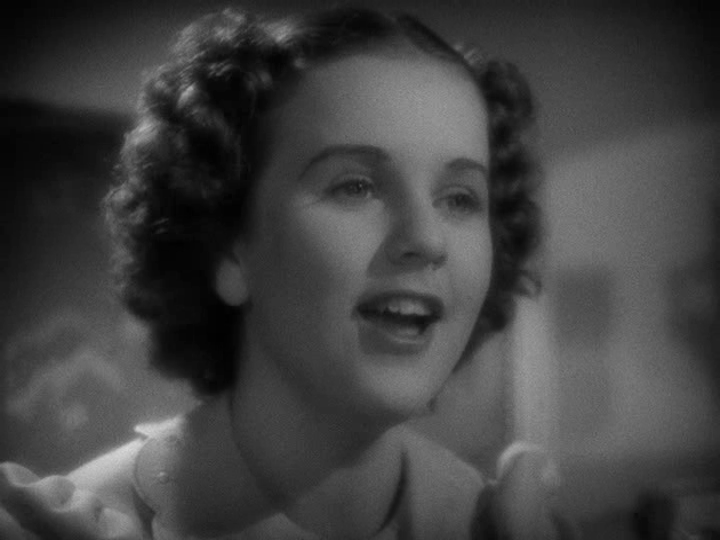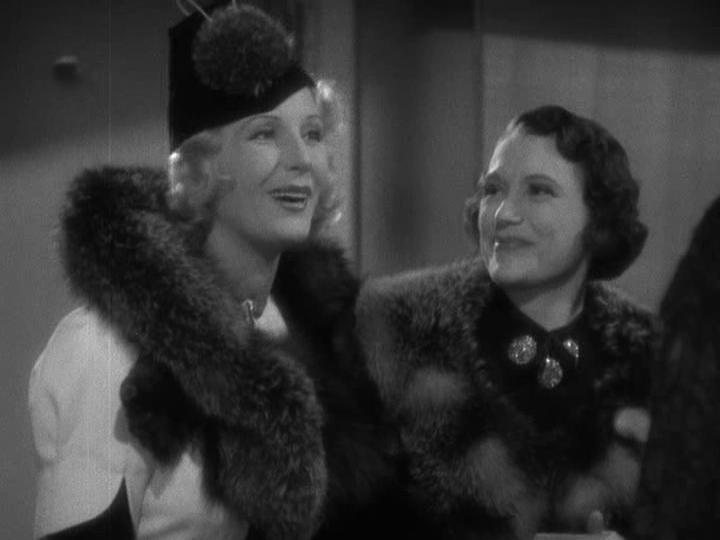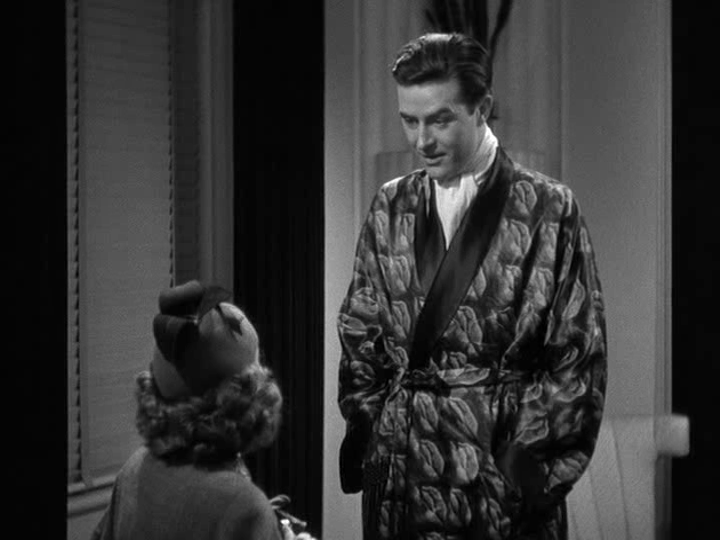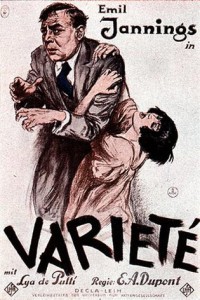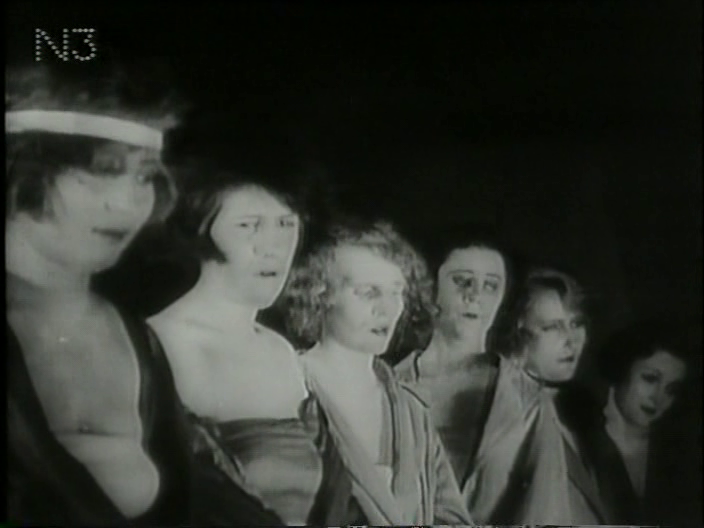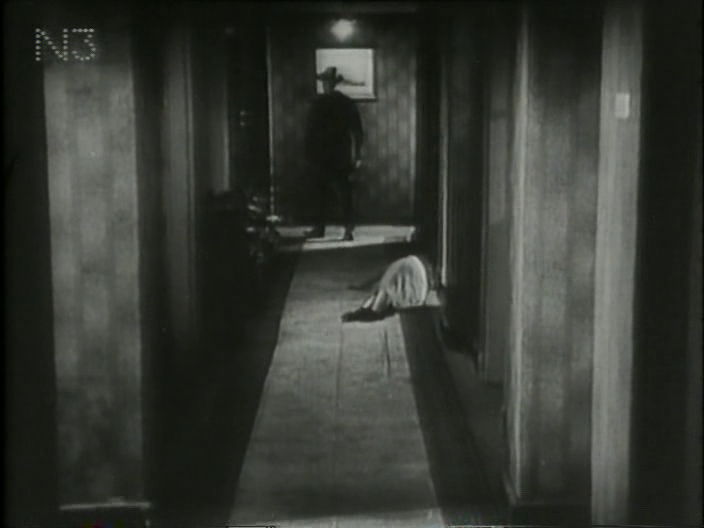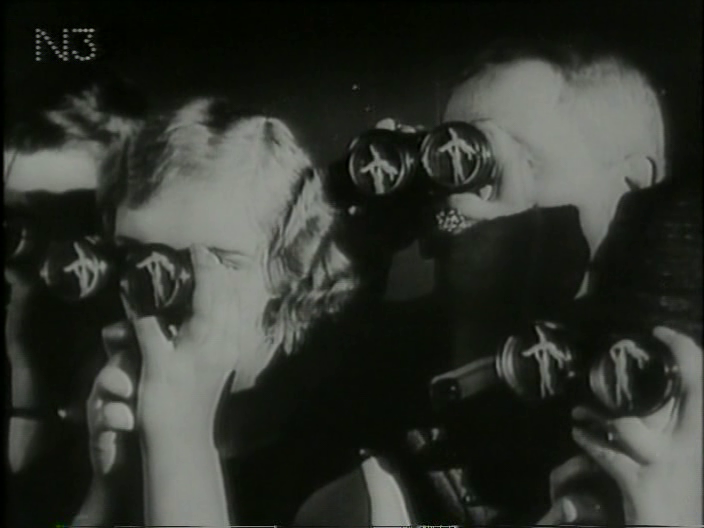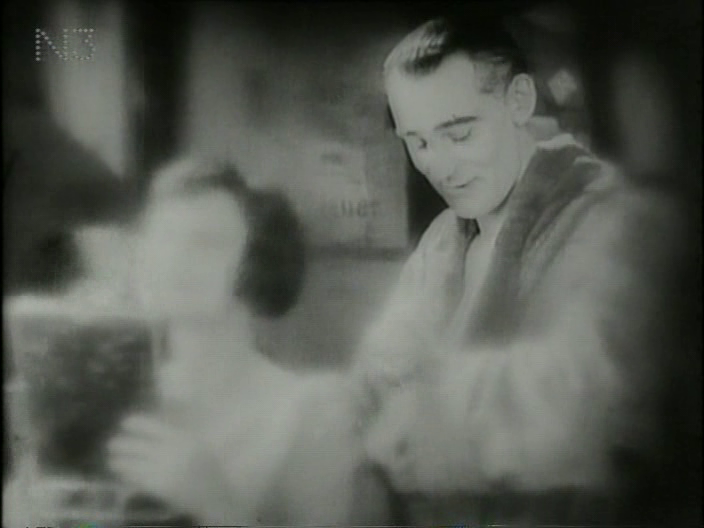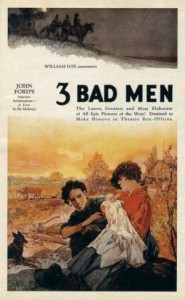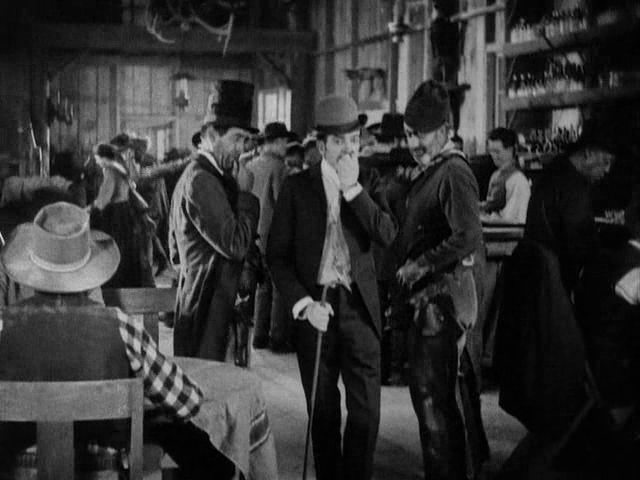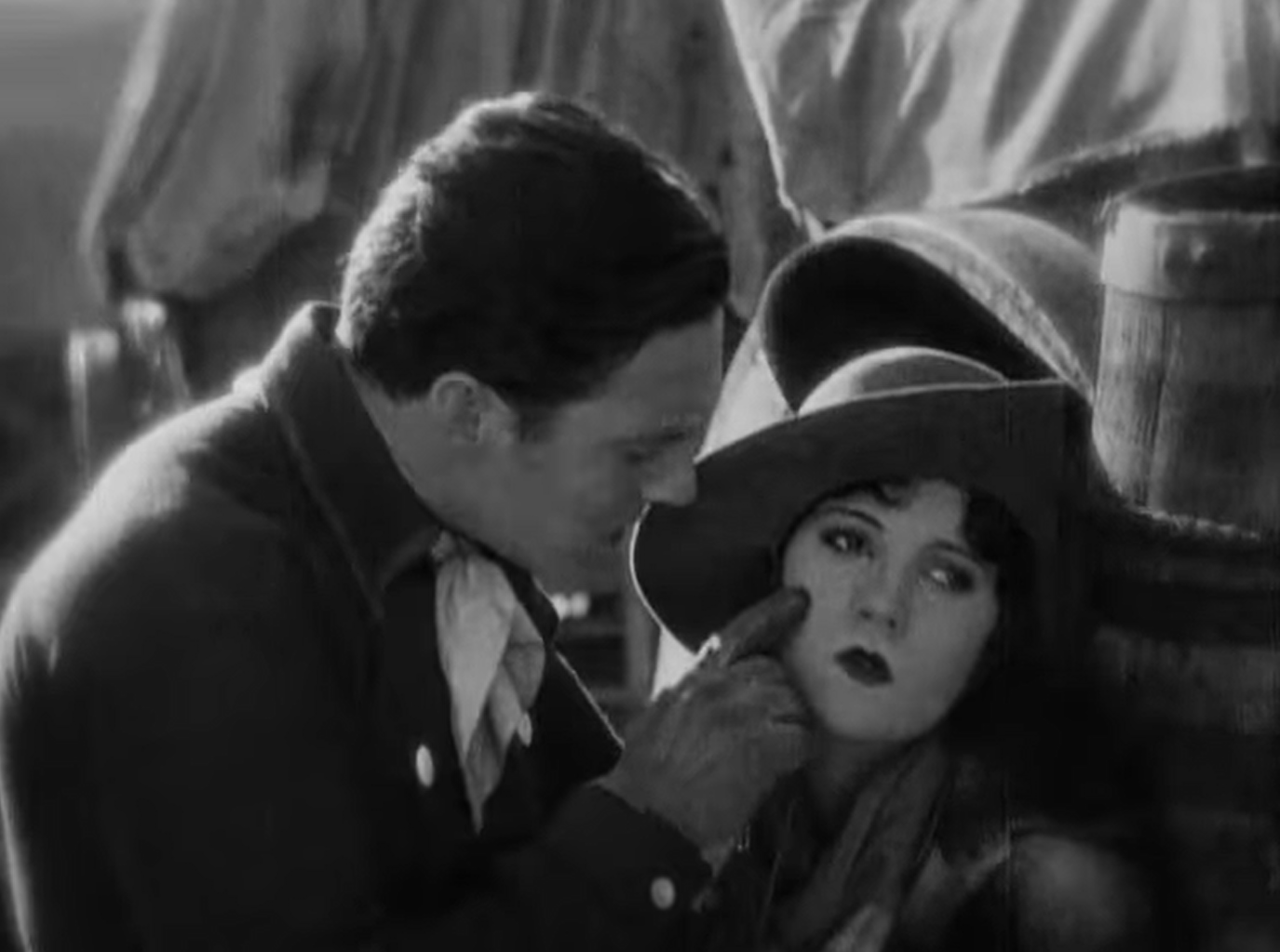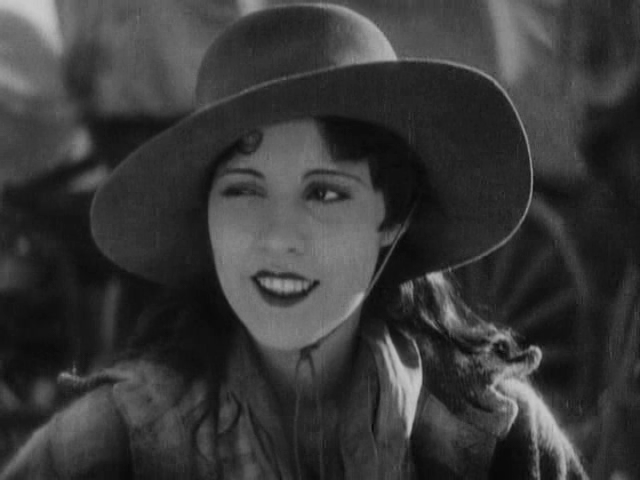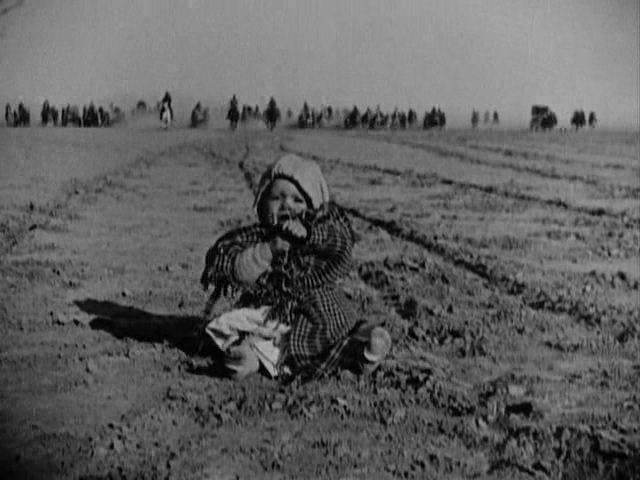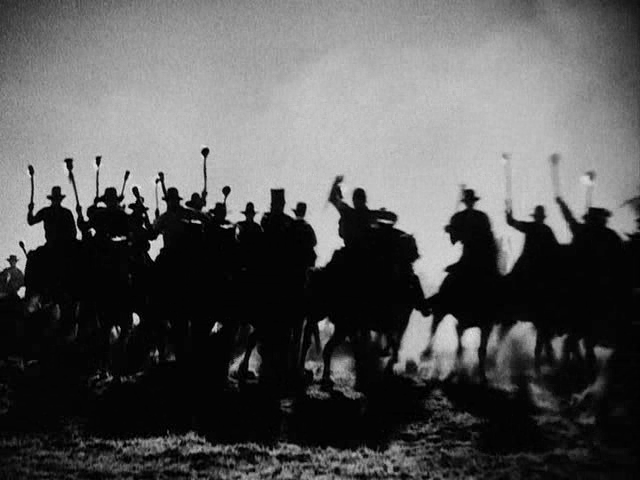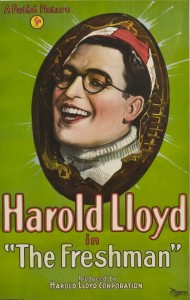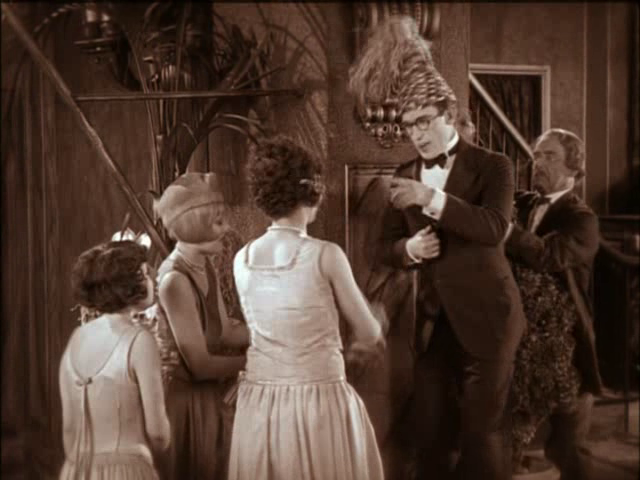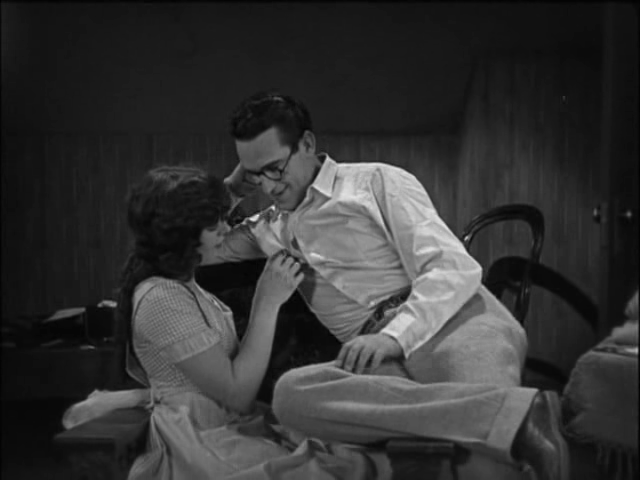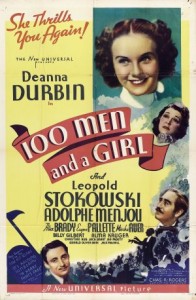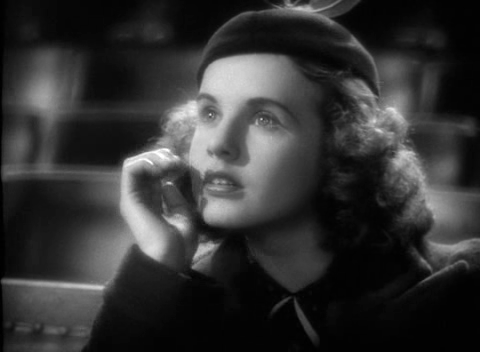|
Genres, Themes, Actors, and Directors:
- Cesar Romero Films
- Charles Boyer Films
- Charles Laughton Films
- Edward G. Robinson Films
- Elsa Lanchester Films
- Episodic Films
- George Sanders Films
- Ginger Rogers Films
- Henry Fonda Films
- Jules Duvivier Films
- Paul Robeson Films
- Rita Hayworth Films
- Roland Young Films
- Thomas Mitchell Films
- W.C. Fields Films
Review:
Episodic (a.k.a. omnibus) films can be notoriously difficult to get “right”, often leaving one with a wish that certain segments had been deleted altogether, or others expanded. Julien Duvivier’s delightful Tales of Manhattan remains an exception to this rule. Only one vignette (a comedic skit with W.C. Fields) doesn’t really seem to “fit” — and lo and behold, it was actually taken out before the film was originally screened! (How in the world was such good sense actually exercised?!) The connecting “storyline” (the fate of a tailcoat) is thin but sufficient to hold the narratives together — beginning with an opening segment involving Boyer’s doomed romance with a dubiously committed married woman (Hayworth) whose husband owns a scary number of guns.
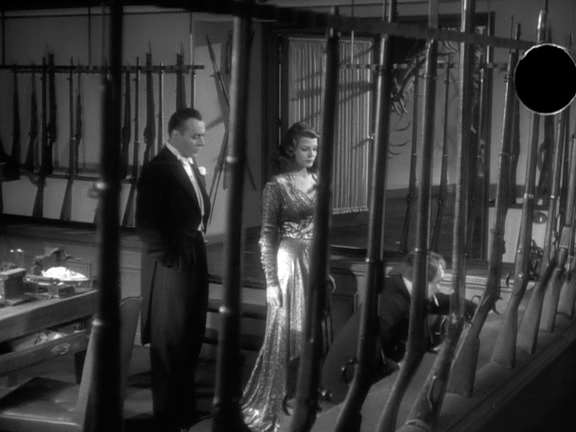
This story is likely my least favorite of the bunch, but “works” on a visual level (Joseph Walker’s cinematography is appropriately noir-ish) and provides a neat twist ending.
The second vignette — a comedic gem involving Ginger Rogers’ discovery of a love note in the pocket of her fiance (Cesar Romero), who quickly calls in his friend (Henry Fonda) to cover for him, with truly unexpected results — is probably the film’s highlight, neatly showcasing how to move a zingy storyline from A to Z within just over 20 well-used minutes.
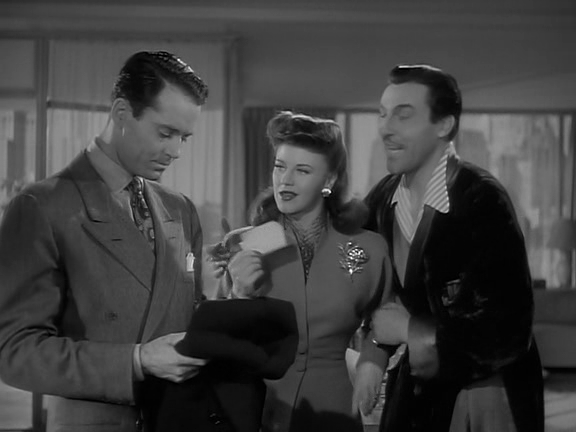
The next story — about a poor composer (Charles Laughton) given a life-altering opportunity to conduct an orchestra, only to find that the too-small second-hand tailcoat his wife (Elsa Lanchester) has purchased for him causes him unexpected grief:
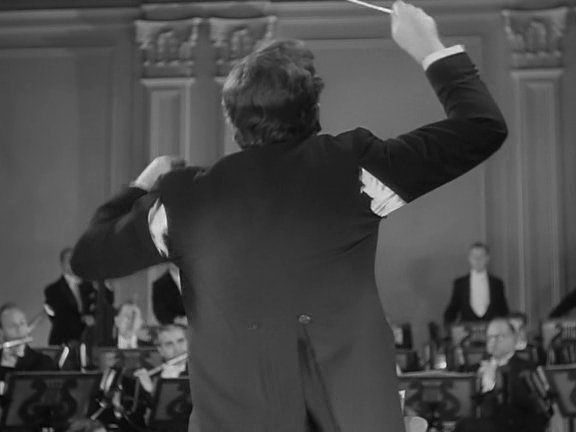
— is decidedly bittersweet and almost surreal, ending with a powerful visual statement. (Indeed, this vignette could easily have been filmed without dialogue.)
The fourth vignette — about a down-on-his-luck man (Edward G. Robinson) who dons the patched tailcoat to attend a college reunion, making up tales about his recent successes — is the one most often cited by viewers who remember the film, and it is indeed a bittersweet, surprisingly touching tale; watch for George Sanders in a typically caddish supporting role.
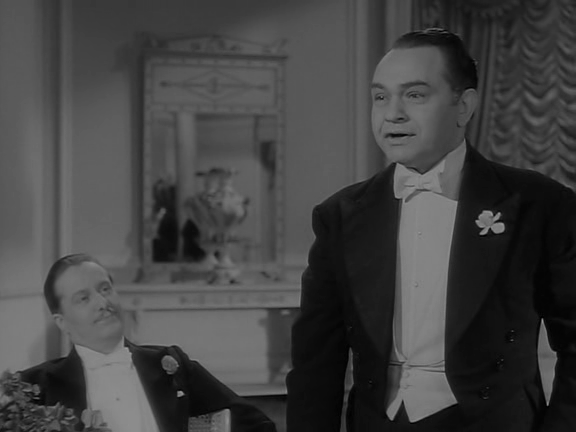
The fifth story (the one cut from the original screening version) is the shortest, and — as indicated previously — the least satisfying. W.C. Fields embodies a variation on his classically tippling self, though with the ironic twist that his character’s tee-totaling lecturer gets drunk accidentally when the coconut milk he’s touting to his audience is spiked with liquor. It goes absolutely nowhere, and fails to entertain on any level (though it’s always nice to catch a glimpse of Margaret Dumont, here playing the event’s hostess).
The sixth and final vignette involves a crook (J. Carroll Naish) who steals the tailcoat, robs a casino, then drops the coat from his getaway plane when it catches fire, pockets full of stolen cash. It lands in the hands of a poor sharecropper (Paul Robeson) and his wife (Ethel Waters), whose faith leads them to believe that they should share the money with their neighbors, only doling it out for items that were sincerely prayed for.

It was criticized by Robeson himself as demeaning to Blacks by presenting them as “childlike and innocent”, but while I sympathize with his perspective, I can’t quite say I agree. Rather, the characters here seem to me to be fully human, with the best interests of all at heart — and the closing scene, in which the tattered tailcoat meets what is likely its final fate, is surprisingly moving. This segment is an entirely fitting finale to a most enjoyable film overall.
Redeeming Qualities and Moments:
- Joseph Walker’s cinematography
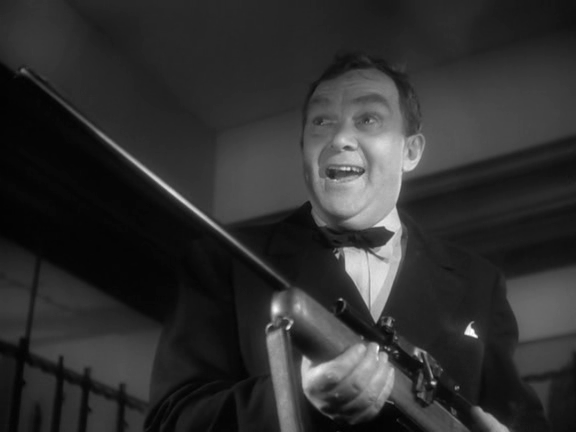 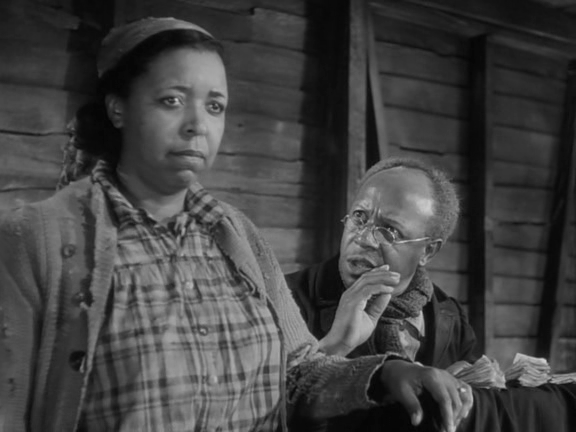
Must See?
Yes, as a delightful omnibus film.
Categories
Links:
|
